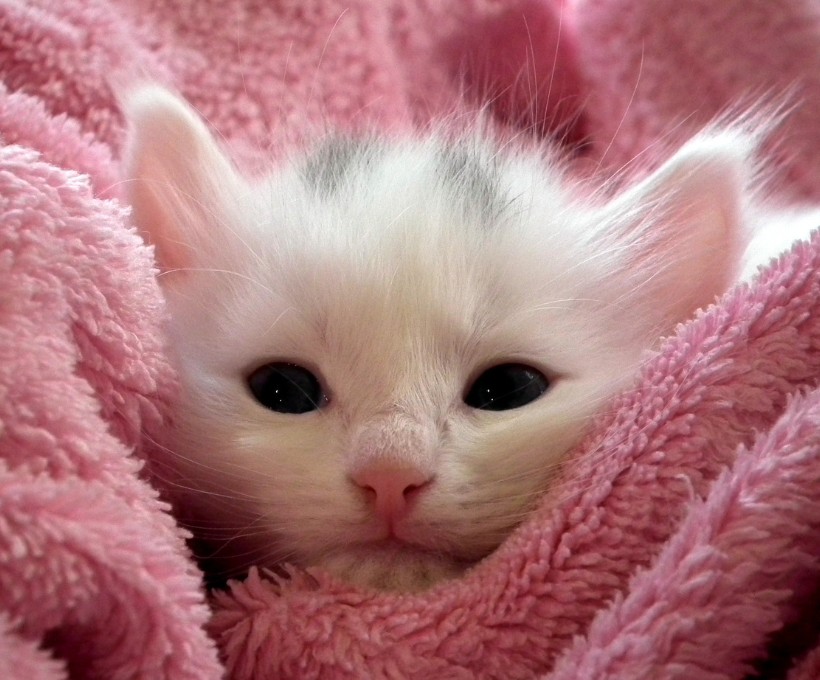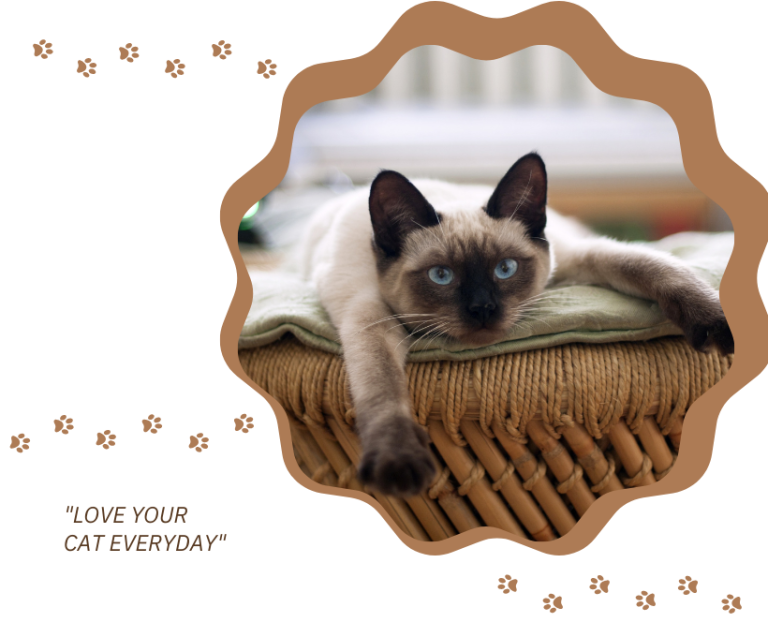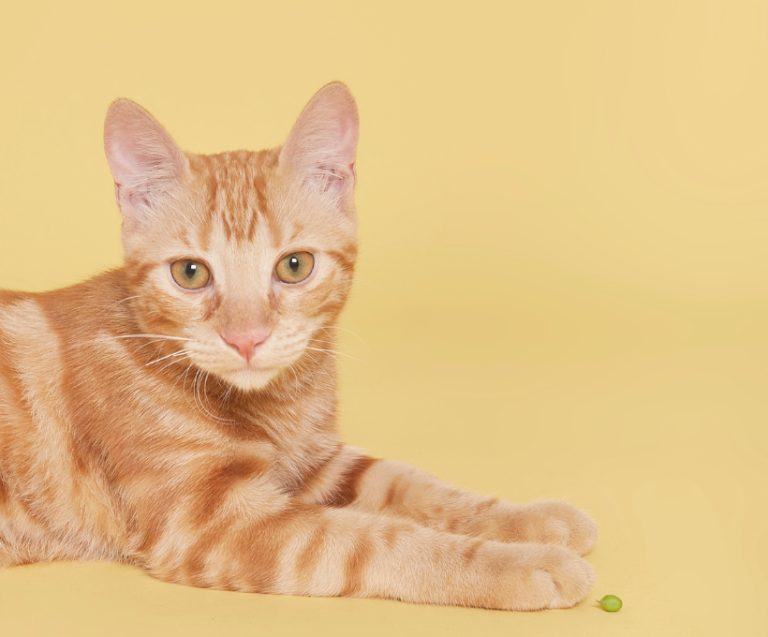As a cat owner, being aware of your feline’s health is crucial, especially when it comes to diabetes. This condition is becoming increasingly common among our furry friends, particularly in overweight or older cats. Understanding the types of diabetes and their effects on cats health can help ensure early intervention and better management of this serious health issue.
Types of Diabetes in Cats
There are primarily two types of diabetes that can affect cats: Type I diabetes and Type II diabetes. Each type has distinct characteristics and implications for your cat’s health.
Type I Diabetes
Type I diabetes, also known as insulin-dependent diabetes, occurs when the pancreas produces little to no insulin. This condition is less common in cats compared to dogs but can occur. In cats with Type I diabetes, the body cannot regulate blood sugar levels effectively, leading to hyperglycemia (high blood sugar).
Concern Cats Health: Effects on Cats:
- Insulin Injections Required: Cats diagnosed with Type I diabetes typically require daily insulin injections to manage their blood sugar levels. This can be a significant commitment for pet owners, but it is crucial for the cat’s health.
- Increased Thirst and Urination: One of the first signs of diabetes in cats is increased thirst (polydipsia) and more frequent urination (polyuria). This occurs as the body tries to expel excess sugar through urine.
- Weight Loss Despite Increased Appetite: Even with a healthy appetite, cats may lose weight because their bodies cannot utilize glucose effectively.
Type II Diabetes
Type II diabetes is more common in cats and is often associated with obesity. In this case, the pancreas produces insulin, but the body’s cells become resistant to it. This means that despite the presence of insulin, glucose cannot enter the cells, leading to elevated blood sugar levels.
Effects on Cats:
- Diet and Lifestyle Changes: Managing Type II diabetes often requires significant lifestyle changes. A high-protein, low-carbohydrate diet can help regulate blood sugar levels, making dietary management essential.
- Potential for Remission: In some cases, especially if caught early and with appropriate lifestyle changes, Type II diabetes can go into remission. This means that a cat may no longer need insulin treatment, which is a hopeful prospect for many owners.
- Symptoms Similar to Type I: Cats with Type II diabetes will exhibit similar symptoms to those with Type I, such as increased thirst, urination, and unexplained weight loss.
Managing Diabetes in Cats
Regardless of the type, diabetes in cats is manageable with proper care. Regular veterinary check-ups are essential for monitoring blood sugar levels and adjusting treatment plans as necessary.
Key Management Strategies:
- Dietary Adjustments: Consult your veterinarian for a specialized diet that supports blood sugar management. High-protein, low-carbohydrate foods are often recommended.
- Regular Exercise: Encouraging your cat to engage in regular physical activity can help maintain a healthy weight and improve insulin sensitivity.
- Monitoring Symptoms: Keep an eye on your cat’s drinking, urination, and weight. If you notice any changes, consult your vet promptly.
- Insulin Therapy: For cats with Type I diabetes, regular insulin injections will be necessary. Your vet will guide you on the proper dosage and administration techniques.
Conclusion
Understanding the types of diabetes in cats and their effects is vital for every cat owner. By recognizing the signs and symptoms, you can take proactive steps in managing your cat’s health. Whether it’s making dietary changes or consulting your veterinarian, early intervention can significantly improve your cat’s quality of life.
By prioritizing your cat’s health and well-being, you can ensure that your feline companion remains happy and vibrant for years to come. Remember, a healthy lifestyle is key to preventing diabetes and managing this condition effectively.
You might be interested in the following article about: Guide to Understanding Pet Nutrition: Decoding Pet Food Labels





